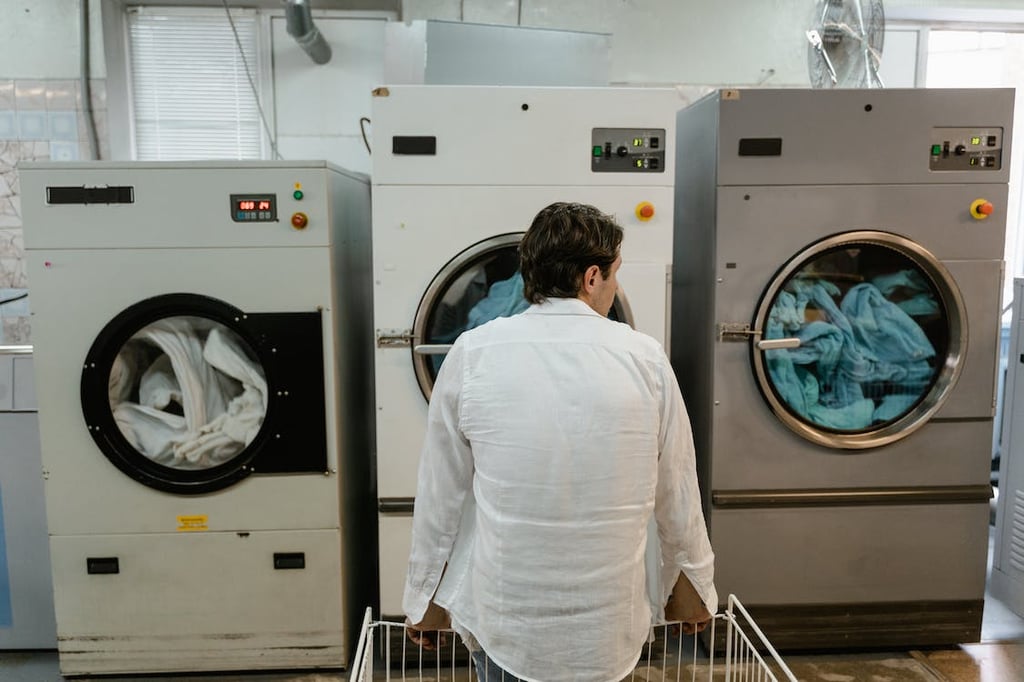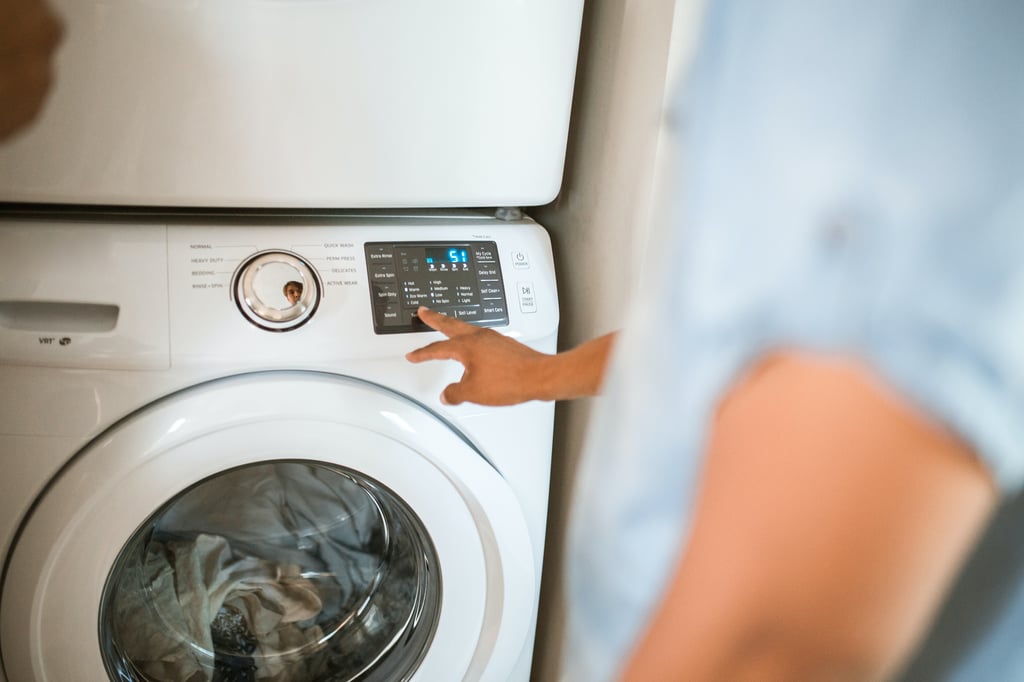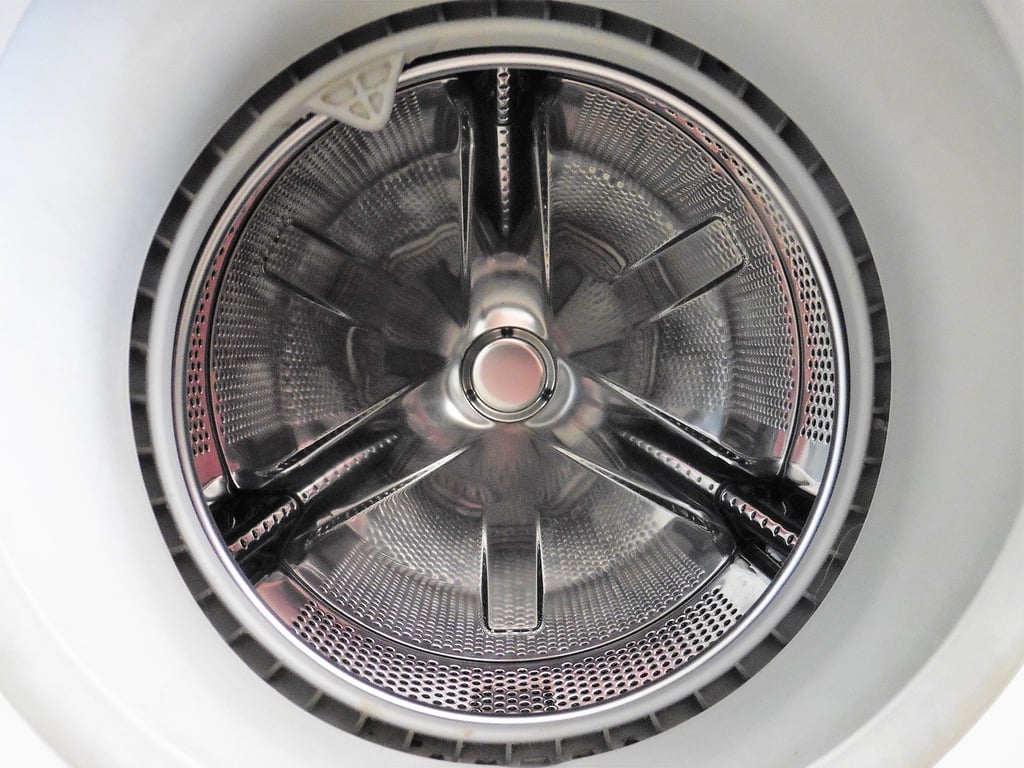Why Do Clothes Tangle in the Washing Machine?
Clothes tangling in the washing machine can be frustrating, as it not only affects the appearance of your garments but also makes it difficult to properly clean them. Understanding the reasons behind this issue can help you prevent it from happening in the future.
One common cause of clothes tangling is the use of excessive detergent or fabric softener. These products can create too much foam, leading to increased agitation during the wash cycle, which in turn causes clothes to tangle. Another factor can be overloading the washing machine, as cramming too many clothes into a single load prevents them from moving freely and increases the chances of tangling.
Additionally, the type of fabric can contribute to tangling. Fabrics with a tendency to twist or snag easily, such as delicate knits or garments with embellishments, are more prone to tangling. The way you load the clothes into the machine can also play a role. If you mix different fabric types or sizes without proper sorting, they are more likely to tangle together.
Proper Loading Techniques
One effective way to prevent clothes from tangling in the washing machine is to follow proper loading techniques. Start by sorting your clothes based on fabric type, color, and size. This helps avoid any potential tangling issues that may arise from mixing incompatible garments. Place delicate items like lingerie or knitwear in mesh laundry bags to further protect them from tangling.
When loading the machine, avoid overloading it. Instead, leave enough space for the clothes to move freely. If the drum is too full, the garments will not have enough room to separate and can easily become entangled. It is recommended to fill the machine only about 80% full to allow for proper movement and agitation.
Remember to evenly distribute the clothes around the agitator or the drum. Concentrated weight on one side can cause imbalance during the wash cycle, leading to tangling. Spreading out the clothes evenly ensures that each garment has enough space to rotate and prevents them from clumping together.
Choosing the Right Wash Cycle
The wash cycle you select can also impact the likelihood of clothes tangling. Opt for a gentle or delicate cycle when washing delicate fabrics to minimize agitation and reduce the chances of tangling. These cycles typically have slower and gentler movements, which help protect the garments and prevent excessive twisting or tangling.
Consider using a lower water level setting for smaller loads. This increases the mechanical action of the washing machine, which can help prevent tangling. However, be cautious not to use too low of a water level, as this may cause excessive friction and damage delicate fabrics.
It is advisable to avoid using the highest spin speed setting, as this can cause clothes to twist and tangle during the spin cycle. Instead, select a lower spin speed to minimize the chances of tangling and reduce the strain on your clothes.
Using Laundry Accessories
There are several laundry accessories that can help prevent clothes from tangling in the washing machine. One useful tool is a laundry ball or washing machine organizer. These devices contain compartments that hold individual garments, preventing them from intertwining with one another. Simply place the clothes in the designated compartments and let the machine do the rest.
Alternatively, you can use plastic clips or clothespins to secure small items or straps to the sides of the drum. This keeps them in place and prevents them from getting tangled with other garments. Just make sure to use clips that are safe for your washing machine and won't cause any damage.
Lastly, investing in a front-loading washing machine can also help reduce clothes tangling. Front-loading machines have a different agitation mechanism that is less likely to cause tangling compared to top-loading machines. If you frequently encounter tangling issues, consider upgrading to a front-loader for a more efficient and tangle-free laundry experience.
Relative Articles
-
How to Clean a GE Deep Fill Washing Machine
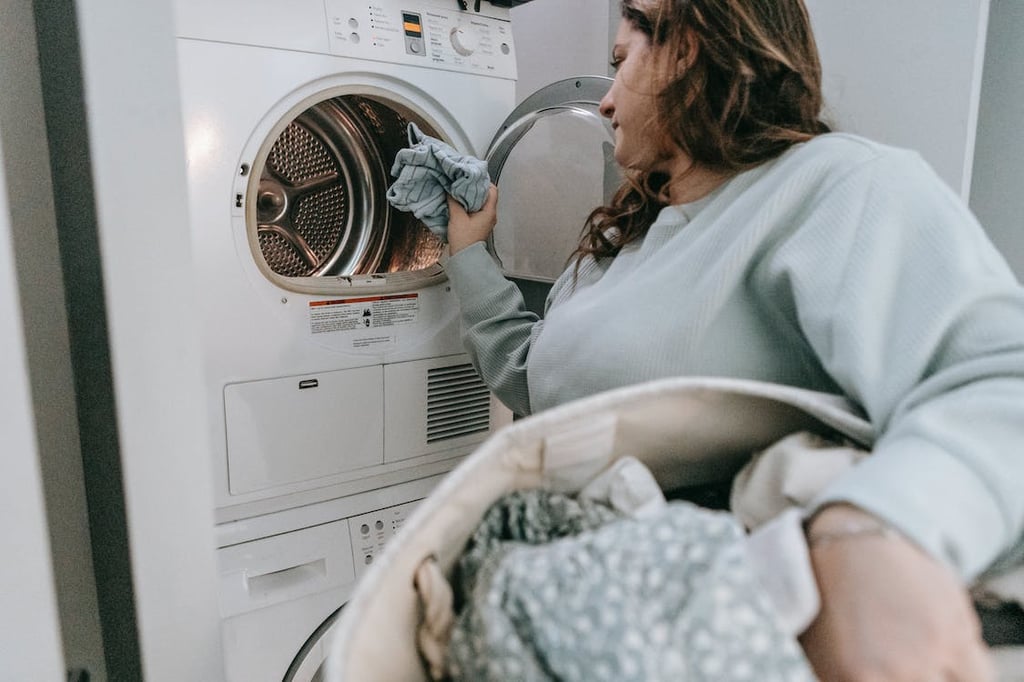
-
How to Clean a Public Washing Machine Before Use

-
What is the Drum of a Washing Machine?
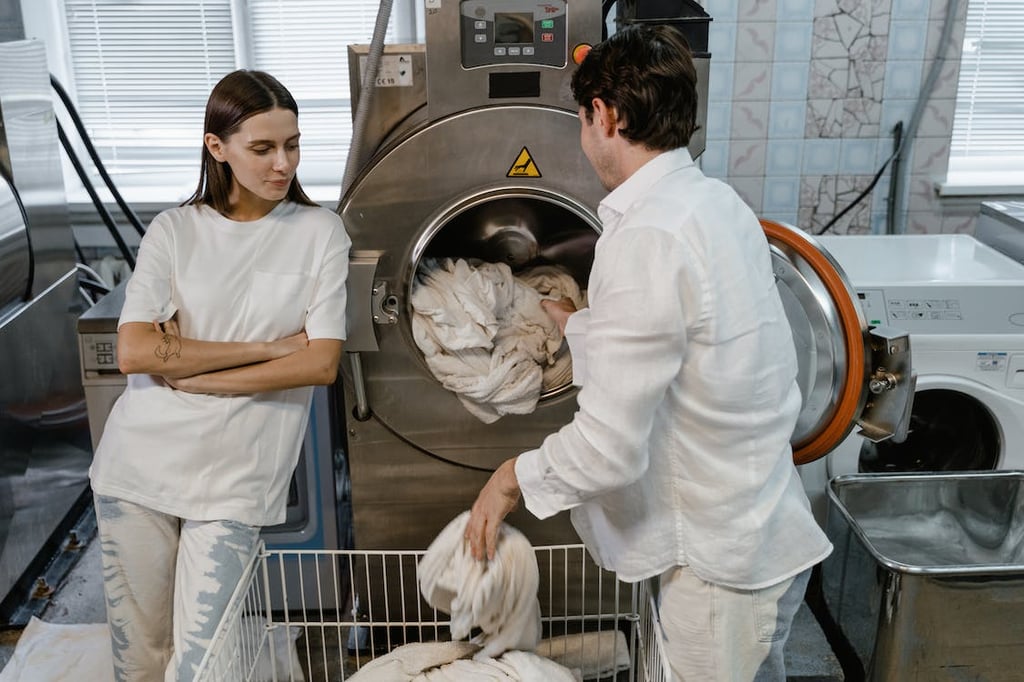
-
How to Keep Washing Machine from Freezing in Garage

-
How to Run Washing Machine Drain Outside
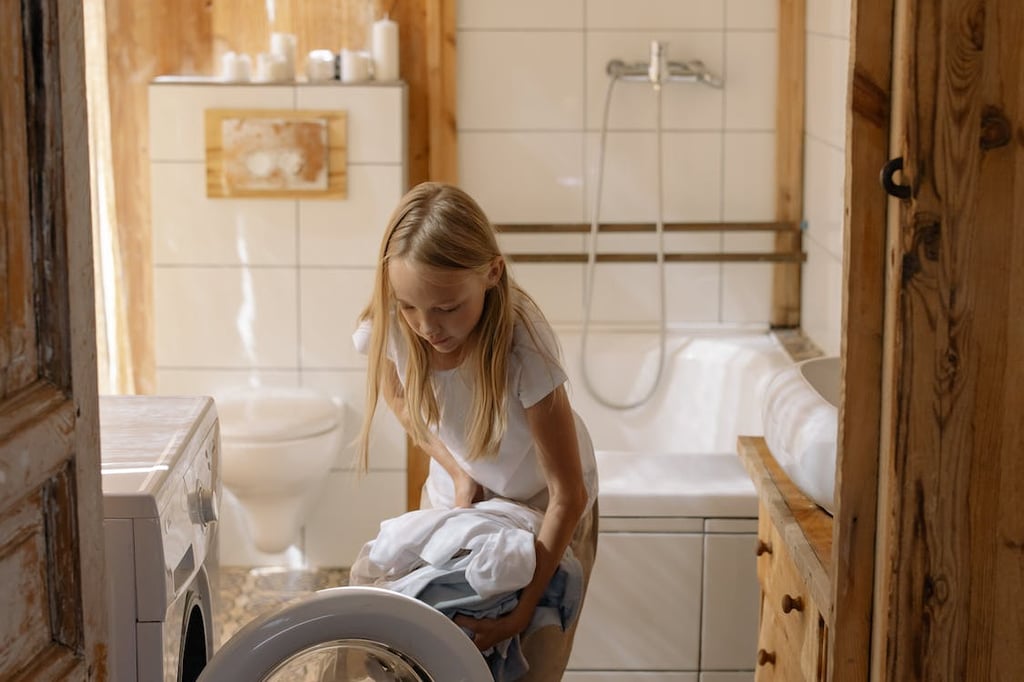
-
How Many Amps Do Washing Machines Use?
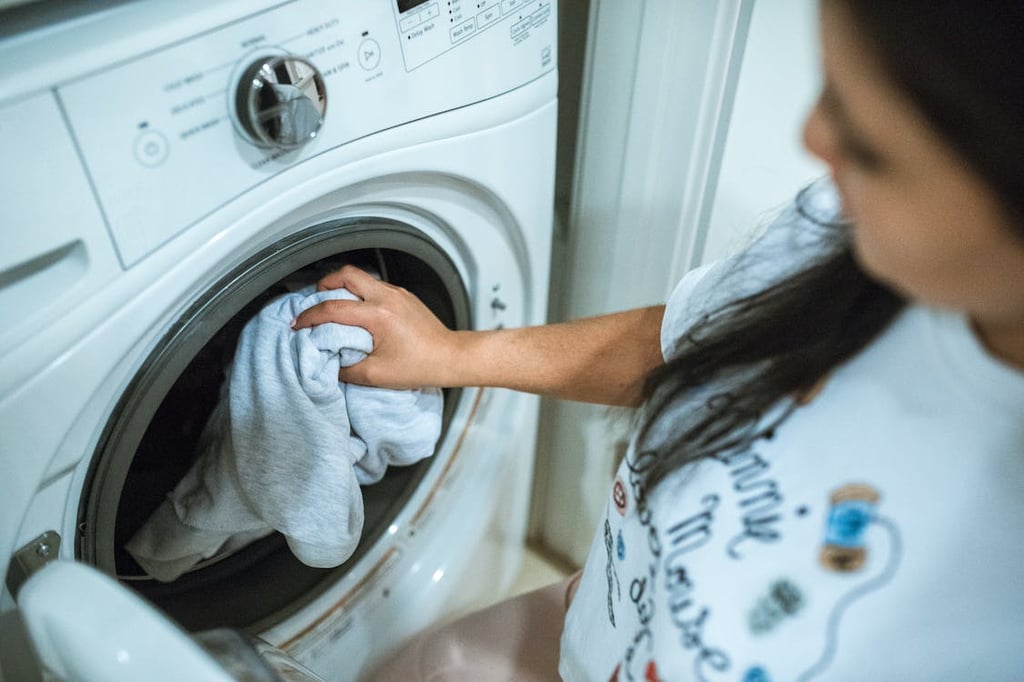
-
How to Tell If Your Washing Machine Control Board Is Bad

-
Can You Lay a Washing Machine on Its Side?


